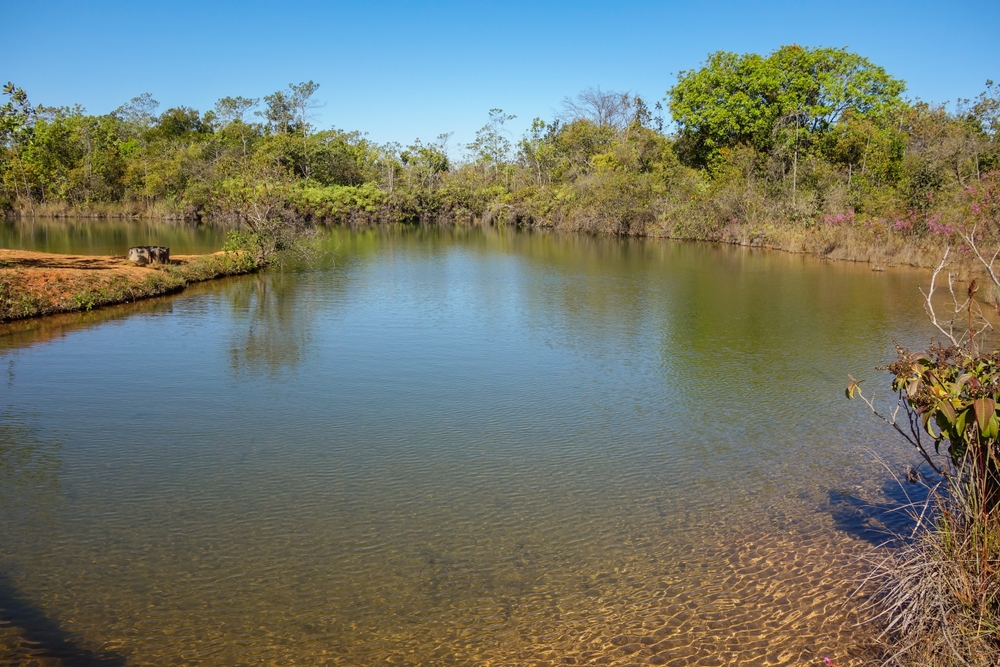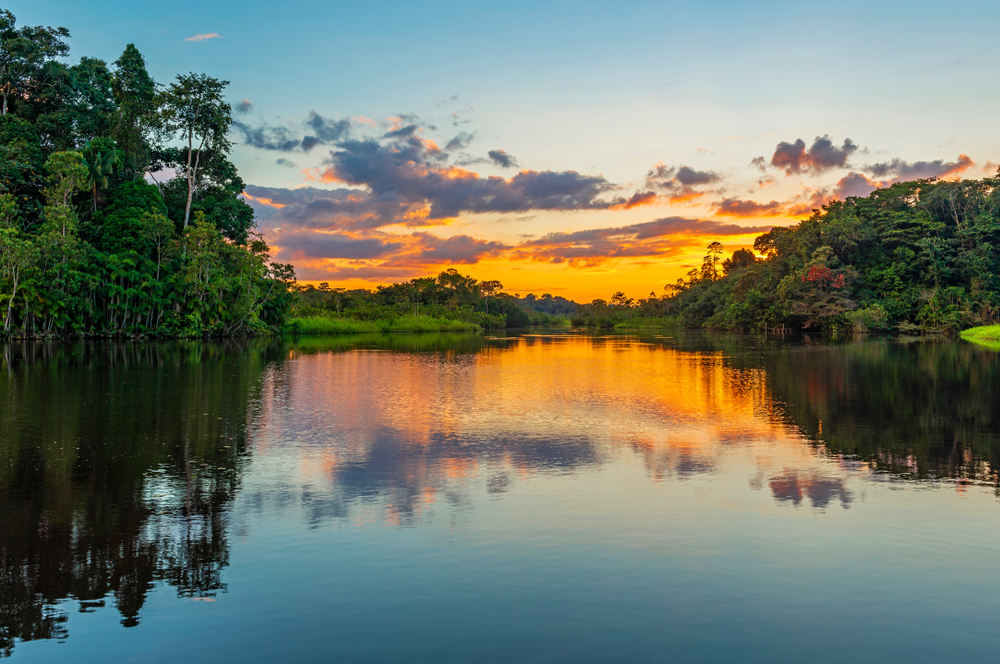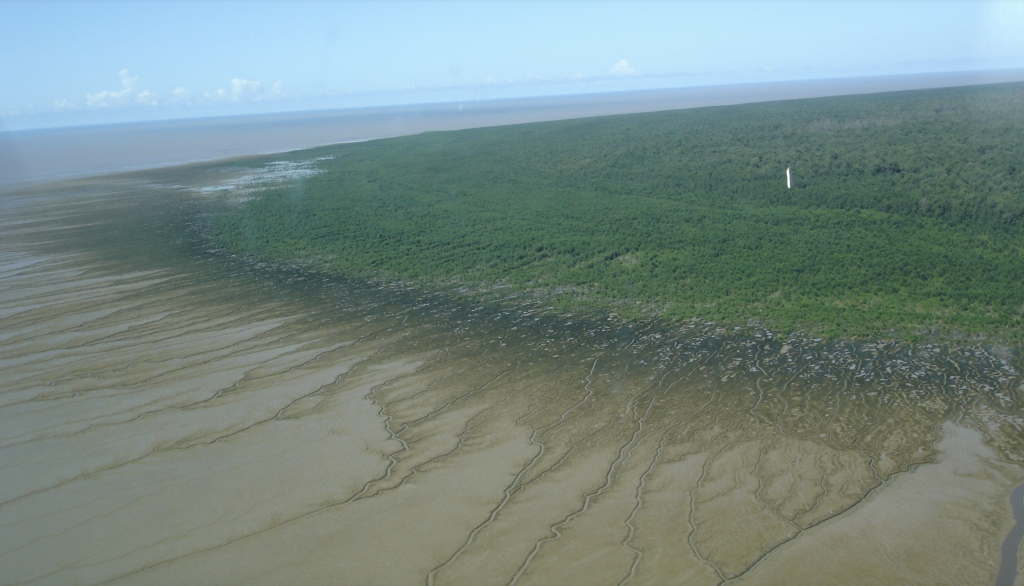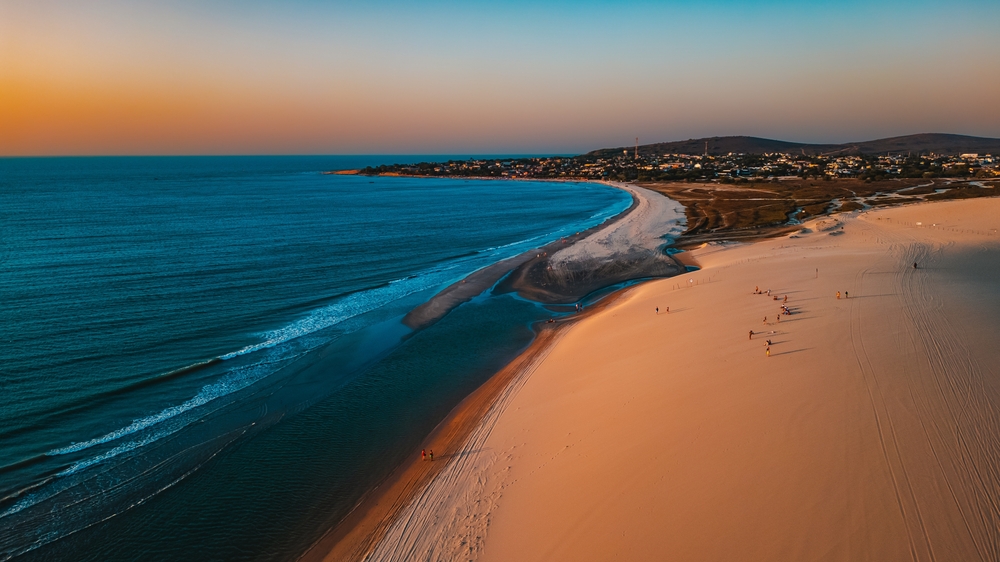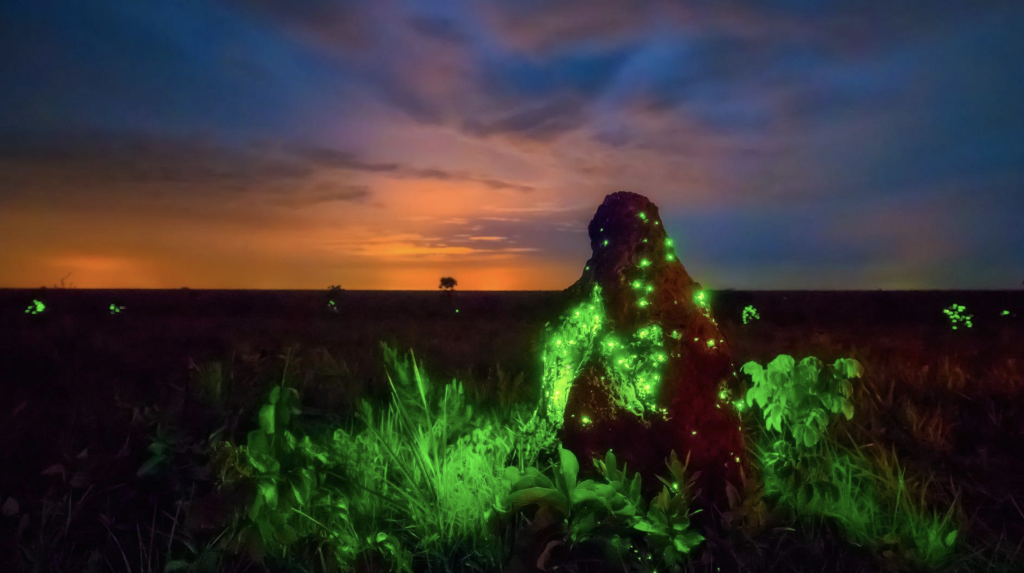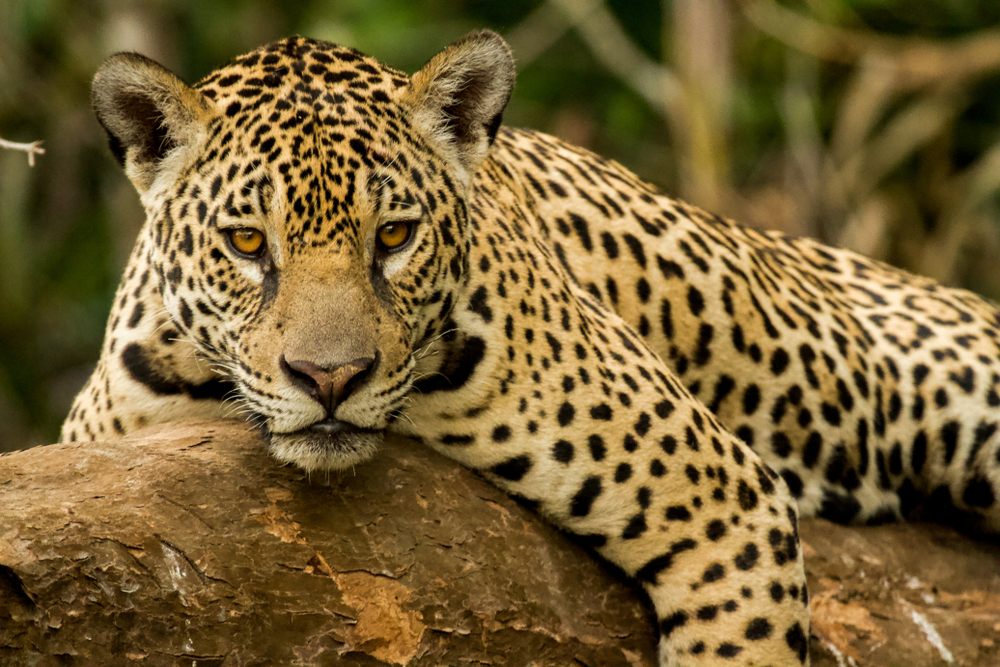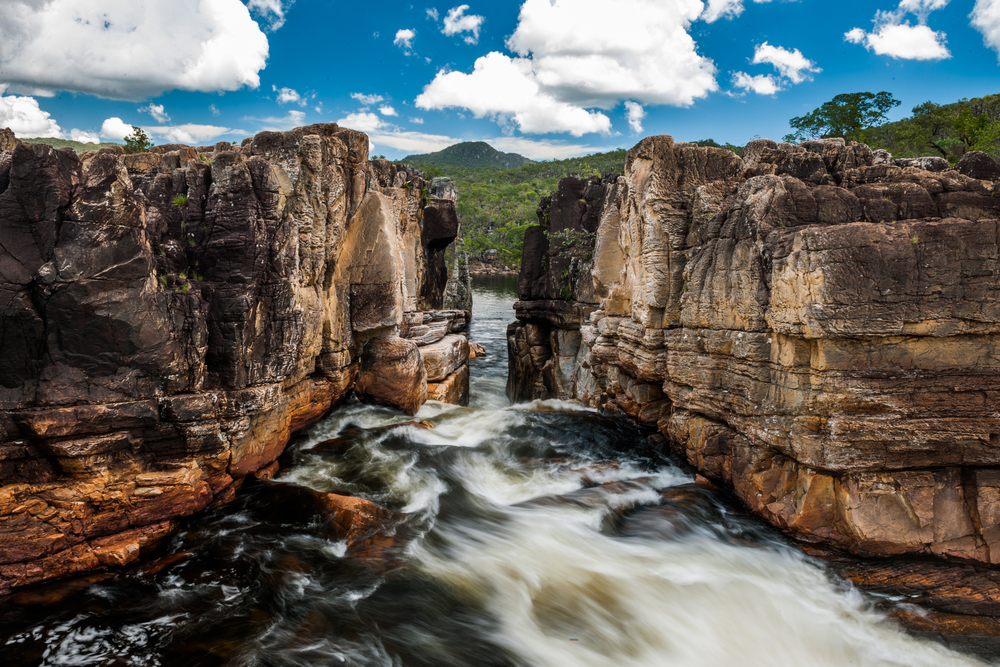Campos Amazônicos Overview
Campos Amazônicos National Park, known locally as Parque Nacional dos Campos Amazônicos, is a distinctive and ecologically diverse protected area located in the western Amazon region of Brazil. Covering an expansive 3,870 square miles (10,002 square kilometers), the park straddles parts of the states of Amazonas, Rondônia, and Mato Grosso.
Its vast landscape lies within the interfluvial region between the Madeira and Tapajós rivers, forming a mosaic of ecosystems that blend typical Amazonian rainforest with unique savanna-like enclaves. This rare combination contributes to the park’s reputation as one of the most intriguing and biologically rich areas in the entire Amazon Basin.
The terrain of Campos Amazônicos is notably varied, comprising undulating plateaus, lowland rainforests, and elevated campos rupestres—rocky savanna patches that appear almost out of place in the heart of the Amazon.
The park features scenic rivers such as the Roosevelt and Madeirinha, which cut through the landscape with winding blue-green curves. While the dense rainforest areas brim with tall, broadleaf evergreen trees, the open campo areas feature grassy meadows dotted with stunted vegetation, shrubs, and occasional clusters of buriti palms.
This blend of vegetation types creates dramatic contrasts in color and structure across the terrain and fosters high levels of biodiversity, including numerous endemic plant species.
Wildlife in the park is equally diverse and dynamic. Mammals commonly spotted include jaguars, giant anteaters, white-lipped peccaries, and tapirs, all of which rely on the park’s mixed habitats for foraging and breeding. The park is also home to a vibrant population of primates, such as the white-nosed saki and howler monkeys.
Birdlife is particularly abundant, with colorful species like the hyacinth macaw, harpy eagle, and various toucans frequently observed. The ecotonal environment of Campos Amazônicos allows for a meeting point between species typical of the Amazon rainforest and those more associated with cerrado and savanna regions, making it a critical area for avian and mammalian research.
Among the park’s most popular features are its scenic rivers, which offer both ecological richness and striking natural beauty. The Roosevelt River, named after former U.S. President Theodore Roosevelt, is of historical and ecological significance and draws adventurous travelers interested in wildlife viewing, fishing, and canoeing.
Visitors can also experience the park through guided trekking routes that explore its forest trails and open grasslands, often leading to panoramic viewpoints and rare habitat transitions. The blend of ecosystems offers a visual and ecological experience unlike any other Amazonian park.
Visiting Campos Amazônicos National Park is primarily done through eco-tourism and scientific expeditions, as infrastructure remains limited to preserve its pristine nature. Experiences are deeply immersive and appeal to birdwatchers, conservationists, and those seeking solitude in a largely untouched Amazonian landscape.
Conservation challenges include illegal logging, mining, and encroachment from nearby agricultural developments. However, the park has seen successes in coordinated management efforts, especially under the oversight of Brazil’s Chico Mendes Institute for Biodiversity Conservation (ICMBio).
These efforts focus on monitoring biodiversity, limiting illegal activities, and working with indigenous and local communities to promote sustainable coexistence.











































































